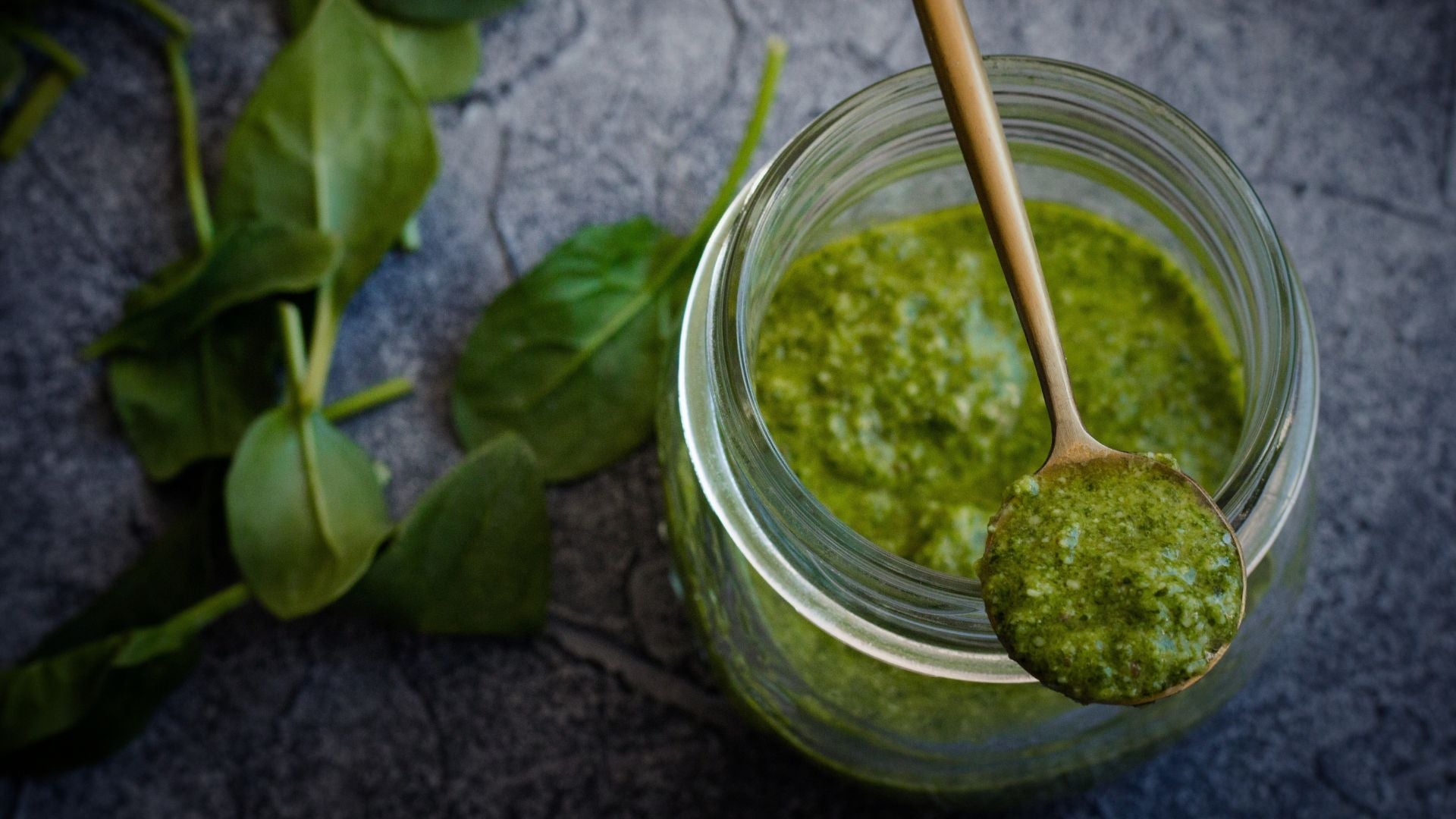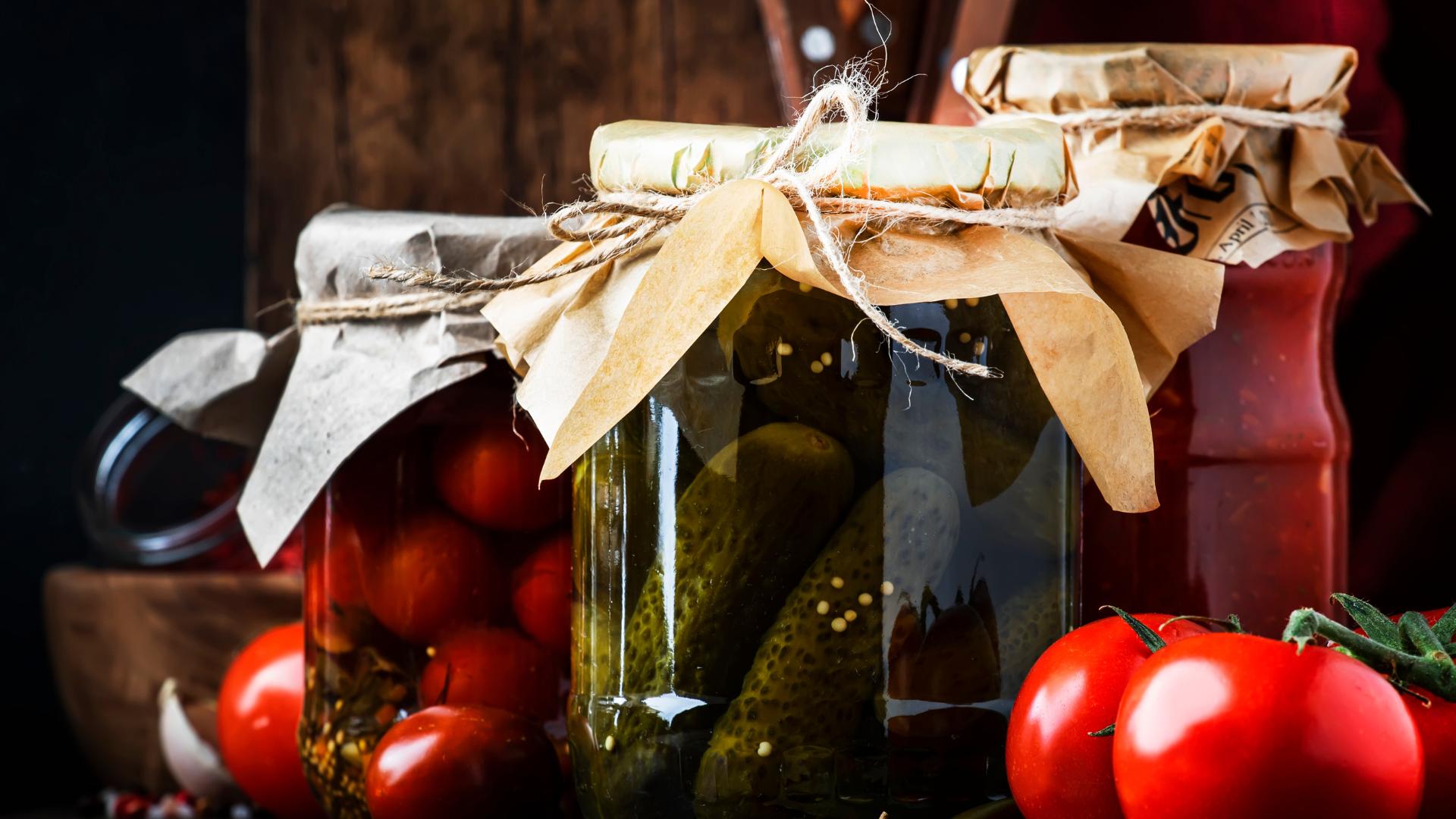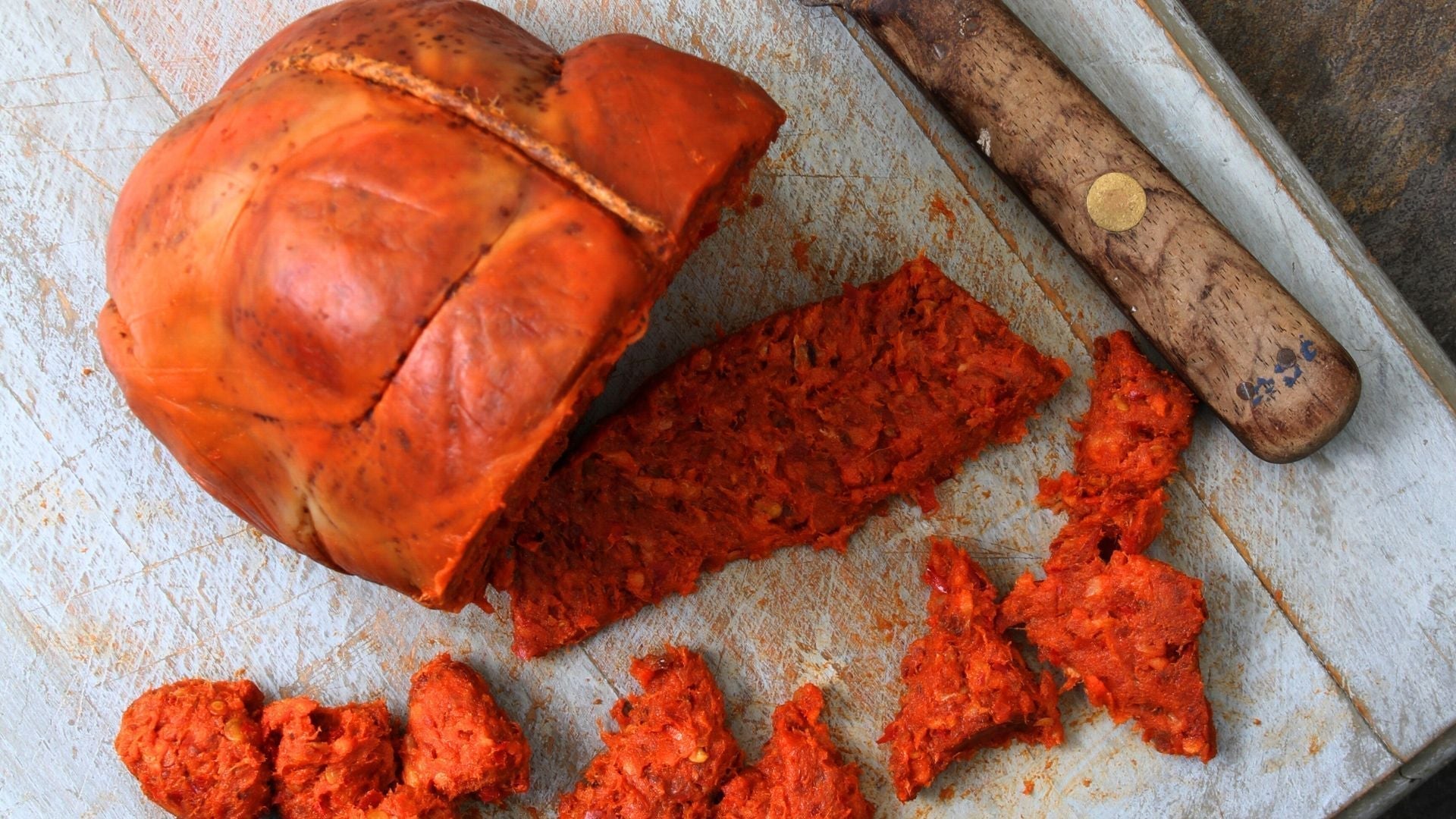Fresh, aromatic, and unmistakably Italian — Genoese pesto is more than just a sauce. It’s a story of tradition, flavor, and passion that begins in the sun-kissed hills of Liguria. Yet outside Italy, especially in the United States, this beloved condiment is often reimagined in ways that stray far from its origins. This article invites you to rediscover the authentic taste of Genoese pesto by exploring its rich history, traditional ingredients, time-honored preparation, and creative uses beyond pasta.
The Origins of Genoese Pesto: History and Tradition
Genoese pesto has deep roots in Ligurian cuisine and stands as one of Italy’s most iconic condiments. The term "pesto" derives from the Italian verb "pestare," meaning "to crush," which refers to the traditional technique of grinding ingredients in a mortar. Though the first written recipe appeared in the 19th century, pesto is thought to have evolved from "agliata," a garlic-based sauce used by Genoese sailors to preserve food during long voyages.
The introduction of PDO (Protected Designation of Origin) Genoese basil, especially the prized variety from Prà, elevated pesto to a fresh and fragrant sauce, perfectly suited to pasta and other Ligurian specialties. Thanks to the use of local ingredients and artisanal methods, pesto has become a global ambassador of Italian culinary heritage.
The Traditional Recipe for Genoese Pesto
Authentic Genoese pesto calls for meticulously selected, top-quality ingredients:
-
PDO Genoese Basil: Preferably from the Prà variety, known for its intense yet delicate aroma.
-
Vessalico Garlic: A milder and more digestible variety.
-
Italian Pine Nuts: Add a creamy, slightly sweet base.
-
Parmigiano Reggiano and Pecorino Sardo: Strike a harmonious balance between richness and sharpness.
-
High-Quality Extra Virgin Olive Oil: Binds everything together while enhancing the aroma.
-
Coarse Salt: Helps break down basil fibers and preserves its vibrant color.
Traditional Preparation Method
For the most authentic result, pesto should be prepared using a marble mortar and a wooden pestle:
-
Crush the garlic with a pinch of salt until it becomes a creamy paste.
-
Add basil leaves gradually, crushing them with gentle, circular motions.
-
Incorporate the pine nuts and continue grinding.
-
Mix in the grated cheeses.
-
Slowly drizzle in the olive oil, stirring to form a smooth, homogenous sauce.
While a mortar and pestle deliver unmatched flavor and texture, a blender can be used for convenience. To avoid overheating, blend at low speed and consider adding a few ice cubes to maintain the basil’s bright color and fresh aroma.
How to Maintain Pesto’s Bright Green Color
Pesto’s vivid green hue is part of its appeal. To preserve it:
-
Use fresh, dry basil leaves to avoid excess moisture.
-
Add coarse salt early to stabilize color.
-
Choose a fruity, high-quality olive oil to protect against oxidation.
-
If blending, toss in a few ice cubes to prevent heat damage.
Creative Ways to Use Pesto Beyond Pasta
While traditionally served with trofie or trenette, Genoese pesto is far more versatile than many realize:
-
On Crostini and Bruschetta: Adds depth to appetizers.
-
With Grilled Vegetables: Enhances natural flavors with aromatic richness.
-
As a Sauce for White Meats or Fish: Offers a fresh, herbaceous alternative.
-
On Pizza: Replaces tomato sauce for a gourmet twist.
-
In Salads or Potato Dishes: Especially with green beans and potatoes, as in the classic Ligurian pairing.
Fun Facts About Genoese Pesto
Pesto is more than just a sauce — it's a cultural symbol. In Genoa, March 17th is celebrated as "Pesto Day," drawing food lovers and chefs from across the globe. There is even a World Championship of Mortar Pesto, held biennially, honoring traditional techniques. Uniquely, pesto requires no cooking, preserving both the aromatic integrity and nutritional value of its raw ingredients. PDO Genoese basil is easily recognizable by its small, tender leaves and intensely fragrant bouquet.
Pesto Variations Across Italy
Italy is home to many delicious regional pesto variants:
-
Walnut Pesto: From western Liguria, richer and earthier.
-
Trapani Pesto: Sicilian version with almonds, tomatoes, and garlic.
-
Arugula Pesto: Peppery and bold, ideal for modern palates.
-
Pistachio Pesto: Sweet, elegant, and increasingly popular in gourmet kitchens.
The Secret to Perfect Pesto
What elevates pesto from good to unforgettable? Ingredient quality is crucial, but the real game-changer is extra virgin olive oil. A well-chosen olive oil amplifies the basil’s aroma, adds complexity, and ensures a velvety finish. When every element is carefully selected, pesto becomes not just a sauce, but a celebration of Italian flavor.
Final Thoughts Whether you're a curious foodie or a passionate cook, discovering the true Genoese pesto is a flavorful journey worth taking — one that begins with tradition, honors craftsmanship, and ends in pure culinary joy. Buon appetito!
Discover our artisanal extra virgin olive oil, perfect for enhancing the true flavor of Genoese pesto and adding a touch of excellence to your kitchen!







